The synthetic drug market in Ukraine has grown at the fastest rate globally, according to an analysis by Global Initiative, which highlighted that between 2021 and 2023, the market expanded by 4.50 points.
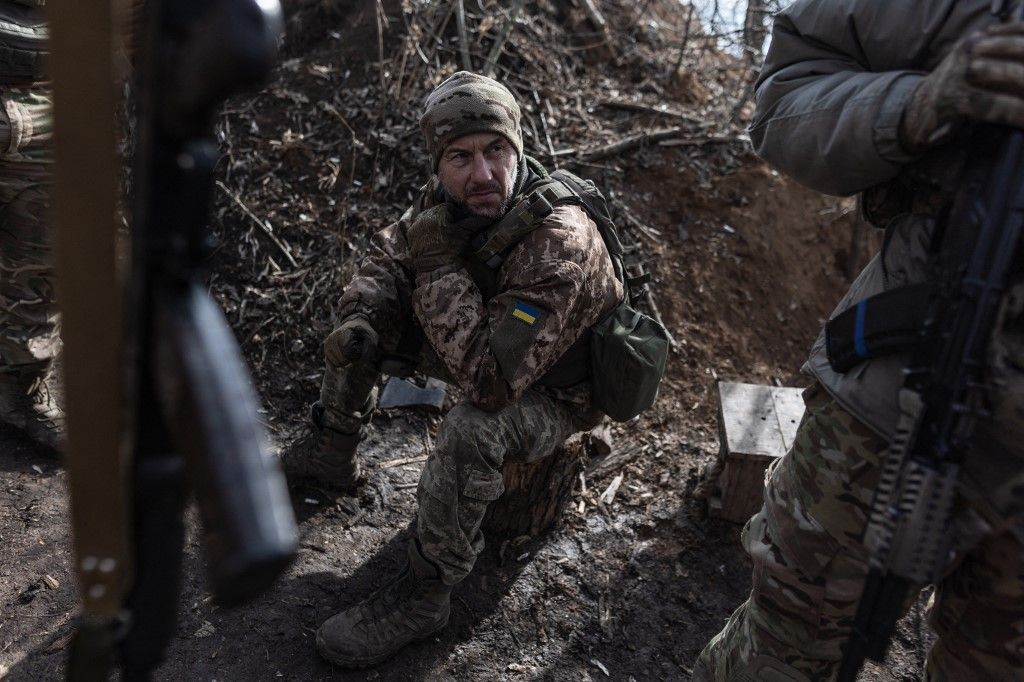
The analysis also emphasizes that, similar to alcohol, drugs have become a major problem on the Ukrainian frontline. Fieldwork conducted by the Global Initiative Against Transnational Organized Crime (GI-TOC) monitoring illegal markets and the conflict in Ukraine has revealed key findings about the extent of drug use on the frontline.
Illicit drug consumption is widespread and on the rise among soldiers on the frontline.
One fundamental issue is that active or former drug users are often drafted into the army without proper medical screening, and their addiction is being sustained.
Reports indicate that forced conscription in Ukraine has intensified, with men being taken to the frontline indiscriminately and forcibly. In some units, drug users are ostracized, but they quickly gain influence in other battalions, becoming key contacts for soldiers seeking relaxation and escape—essentially frontline drug dealers.
Many soldiers use drugs as a means of escapism, while others rely on them to recover from sleepless nights under constant artillery fire.
Some soldiers take drugs out of boredom, while others use them to stay alert in life-threatening situations.
The frontline has become a lucrative market for those involved in drug trafficking.
Soldiers receive higher salaries than the average civilian, and some are willing to spend extra money on distractions such as women, alcohol, or drugs, making them easy targets for drug dealers. The Ukrainian drug market has multiple layers, including local individuals growing marijuana in their backyards and organized drug trafficking groups. Both supply chains find a strong market among Ukrainian soldiers.
Criminal groups are relocating their laboratories closer to the war zone to reduce transportation costs,
according to the study.
Multiple Routes for Drug Trafficking
There are several ways drugs reach the frontline. Small quantities are shipped via mail to nearby cities and villages for later distribution. Larger shipments are often transported by volunteers—sometimes unknowingly—when delivering packages and gifts from friends and relatives to soldiers. Organized crime groups take advantage of protection granted through bribes paid to high-ranking military and police officials to smuggle drugs through numerous checkpoints. Increasingly, civilians such as taxi drivers are being recruited to transport drugs, and even soldiers themselves participate, receiving commissions from sales to long-time friends.
Drugs are often sold via online platforms, with Telegram being the primary distribution channel,
according to the Global Initiative study.
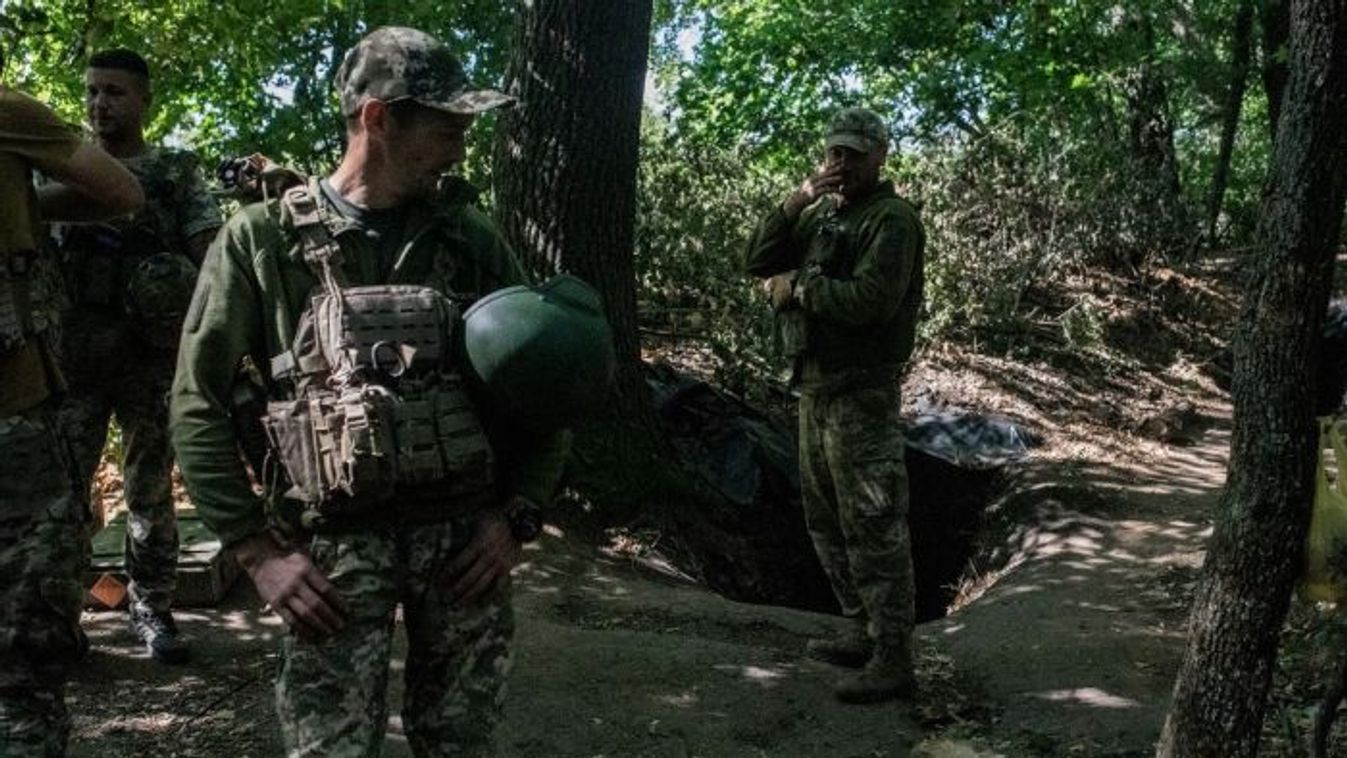



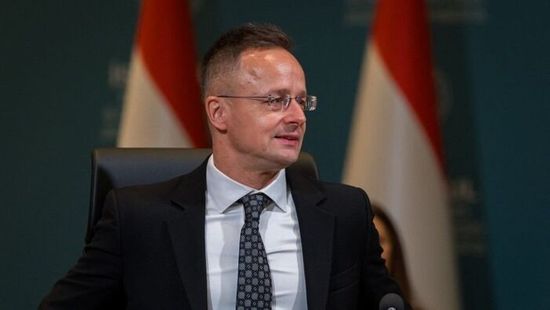



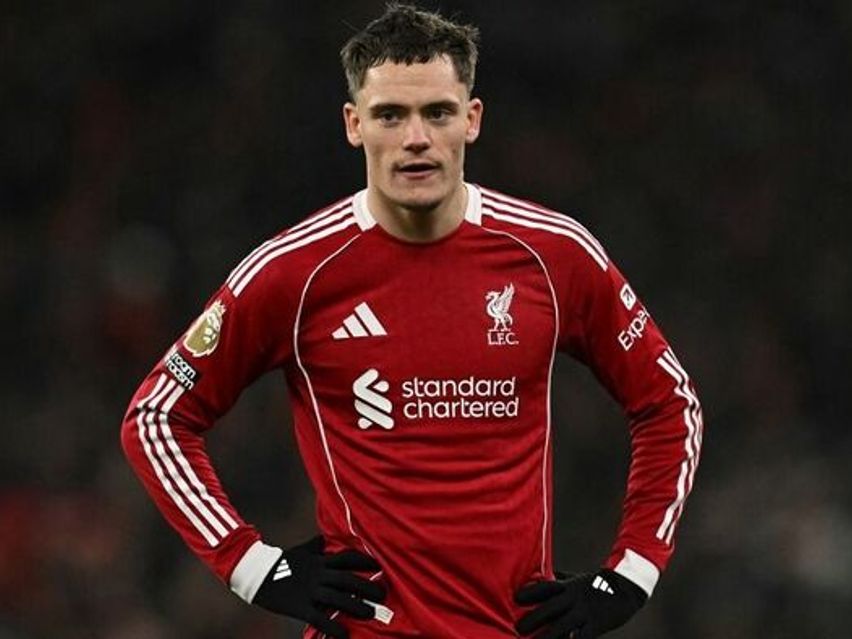



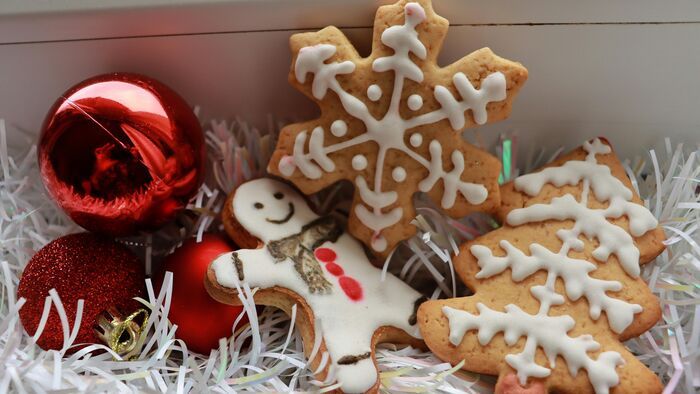
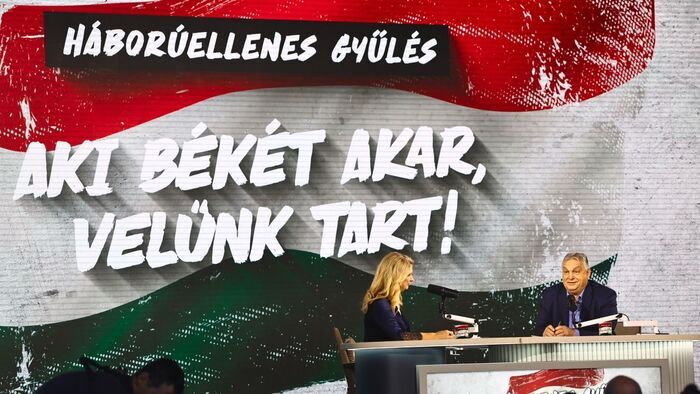

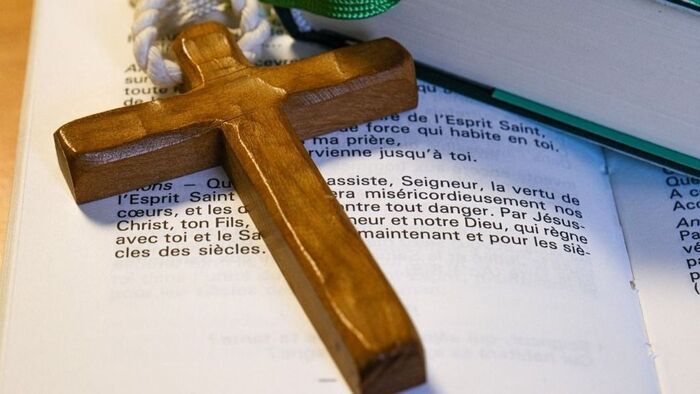







Szóljon hozzá!
Jelenleg csak a hozzászólások egy kis részét látja. Hozzászóláshoz és a további kommentek megtekintéséhez lépjen be, vagy regisztráljon!